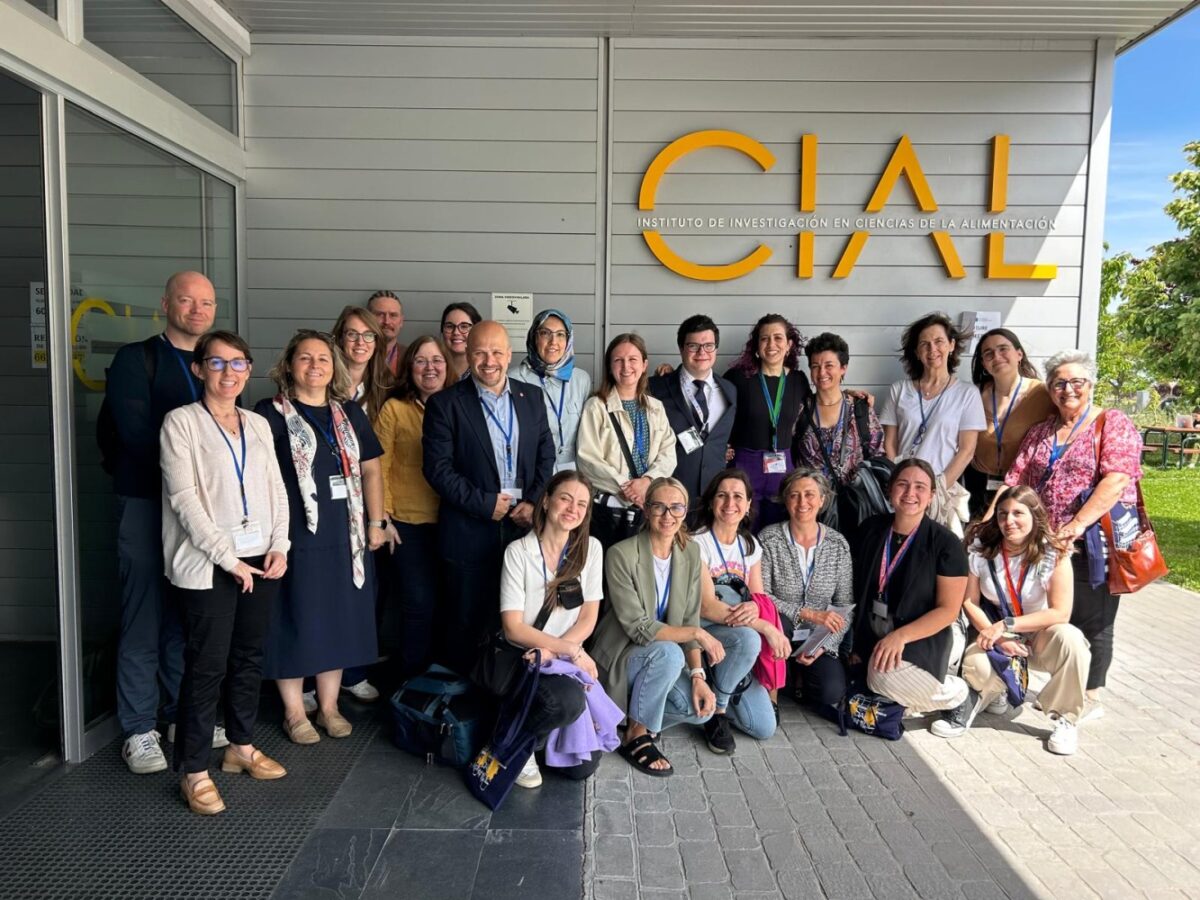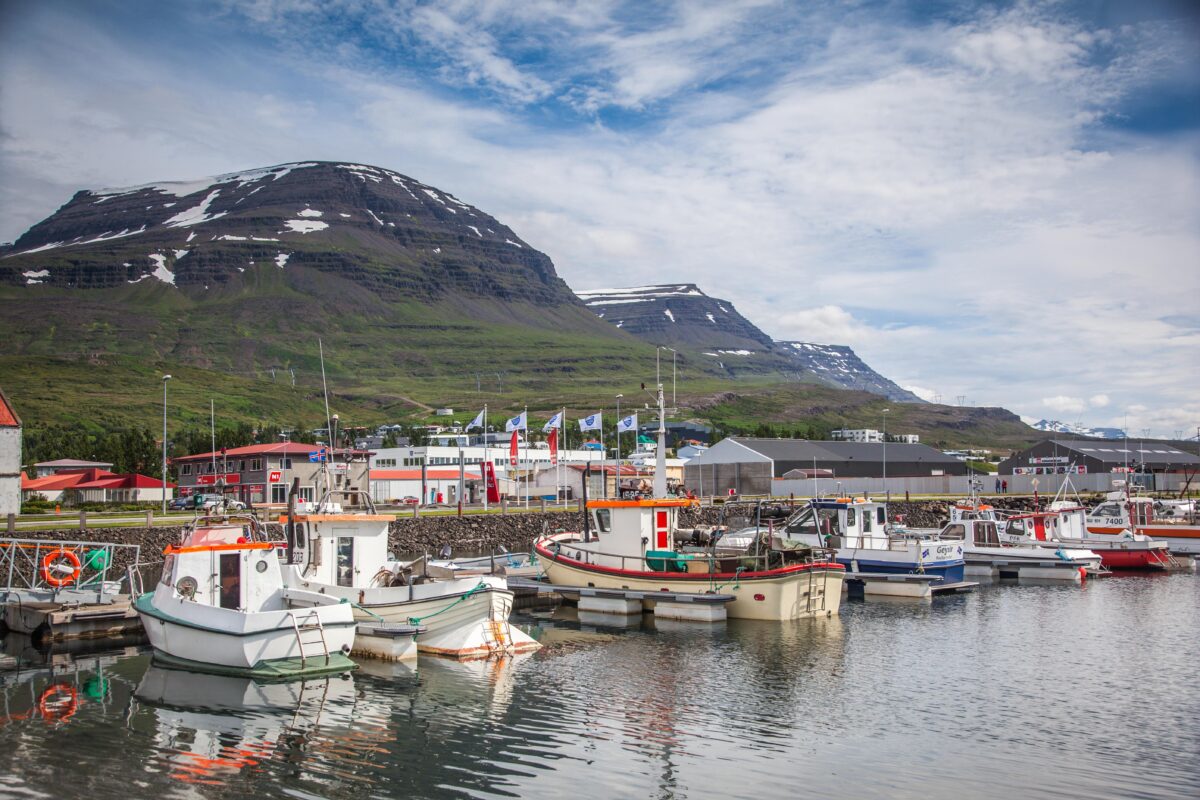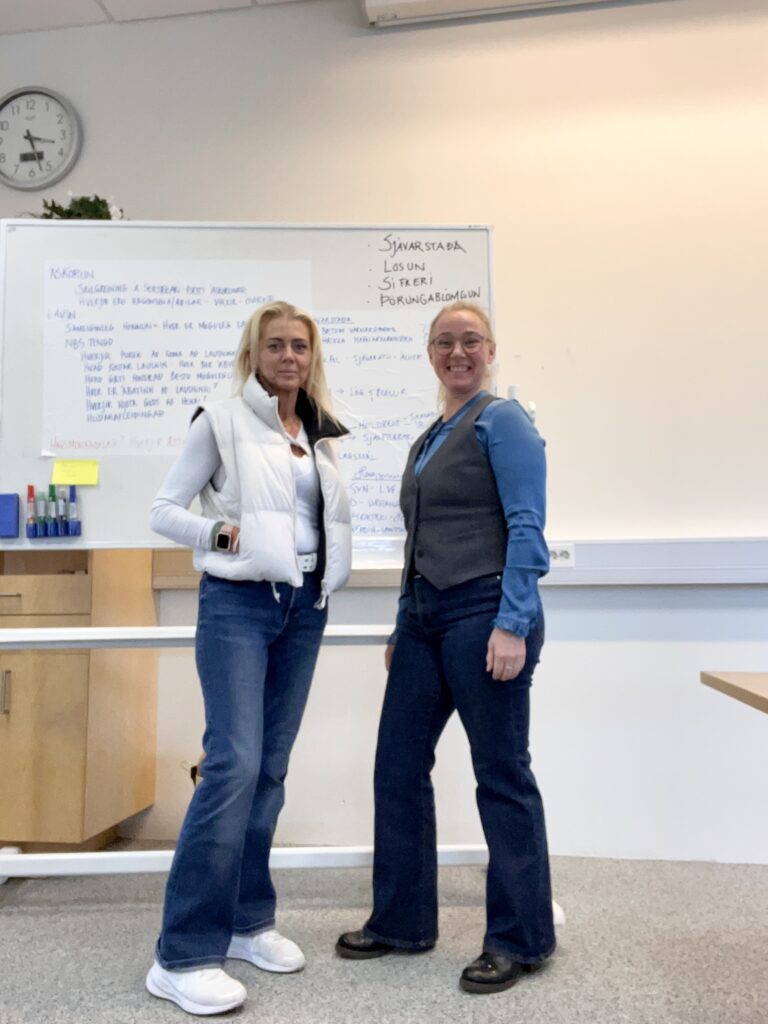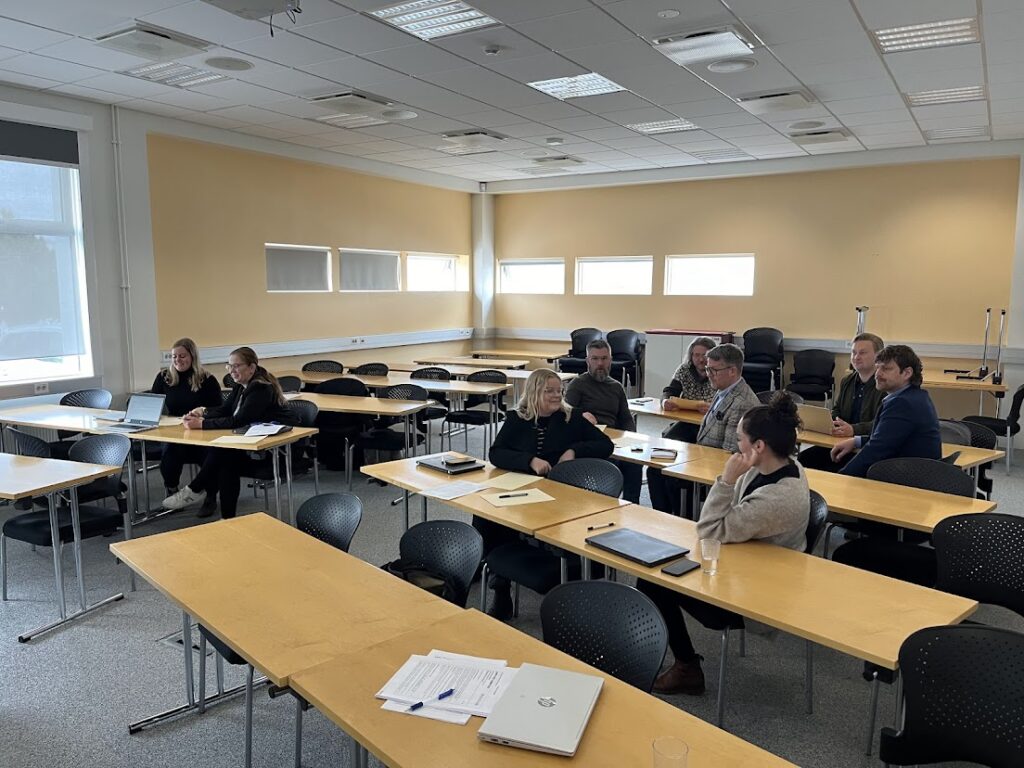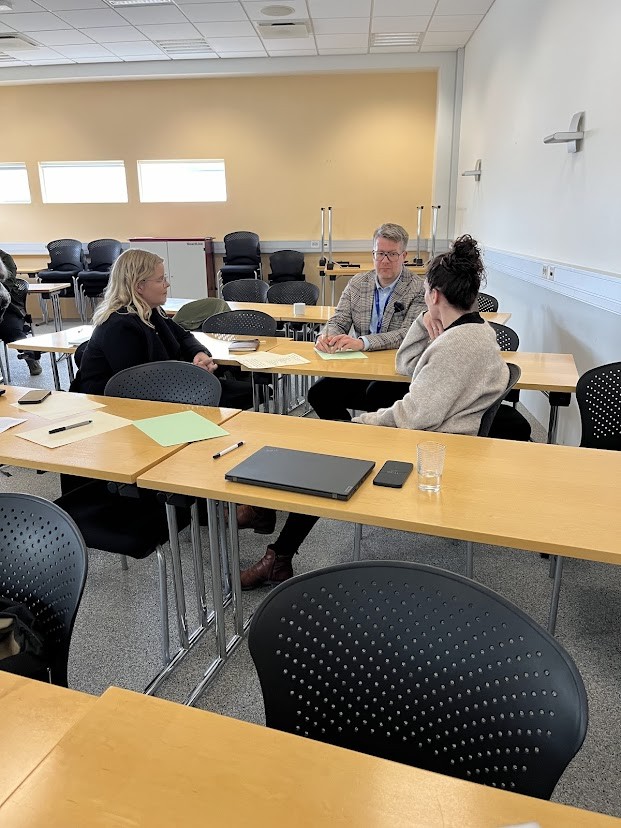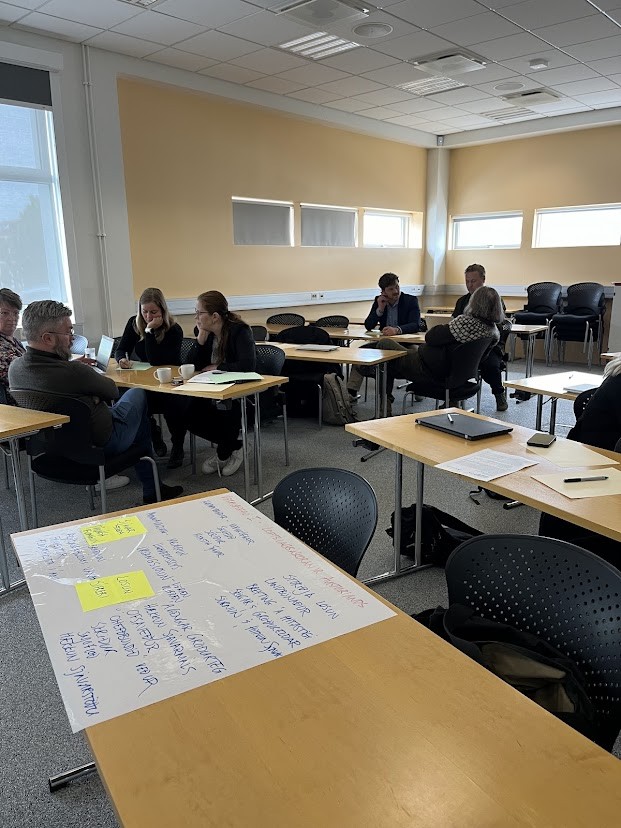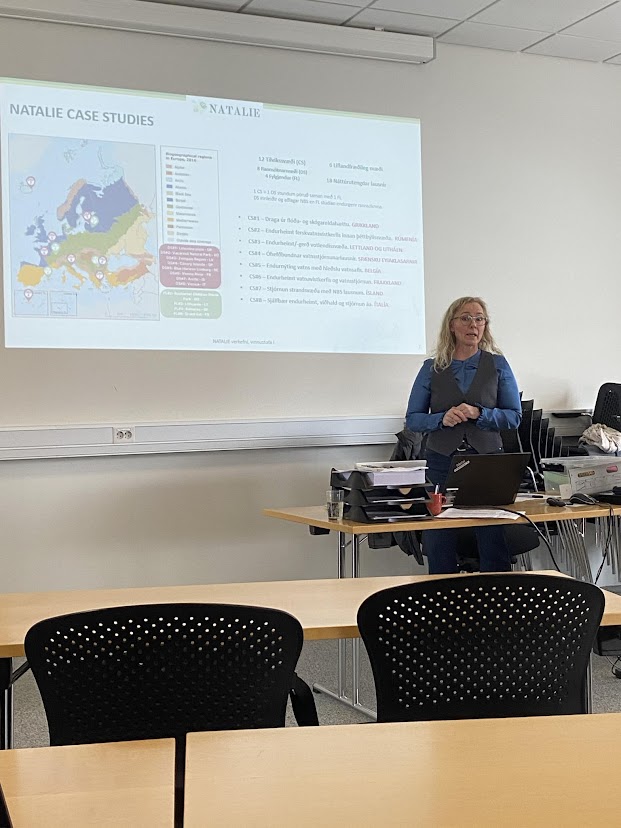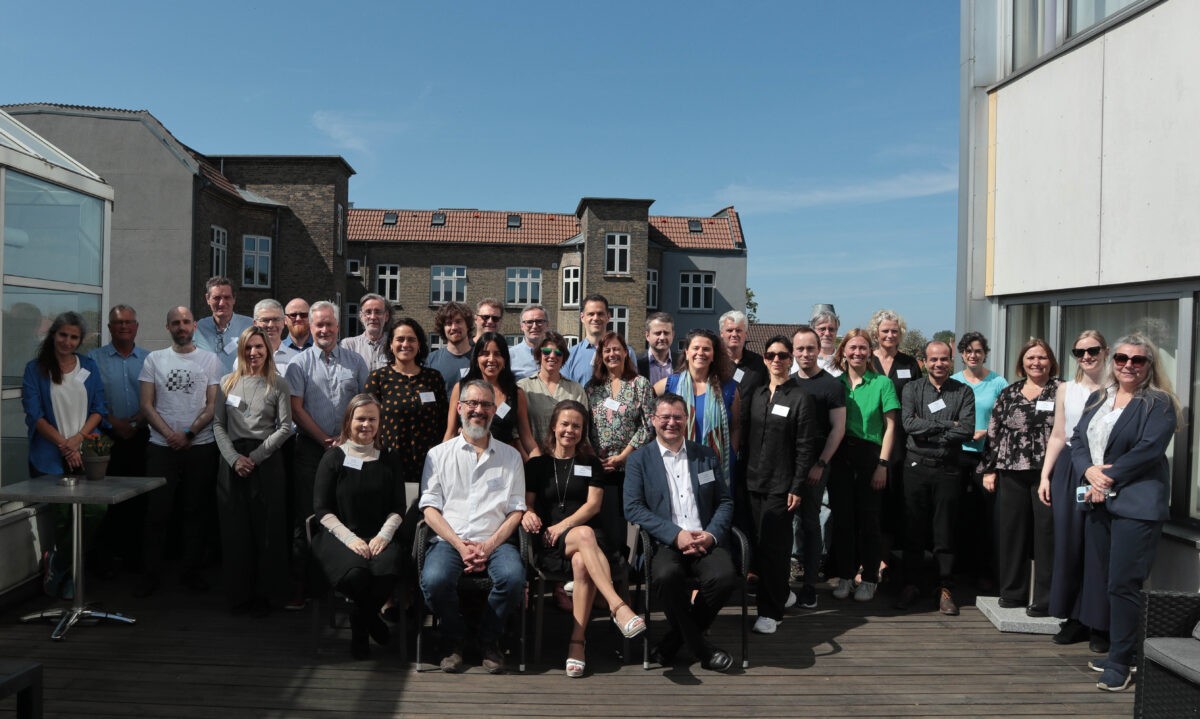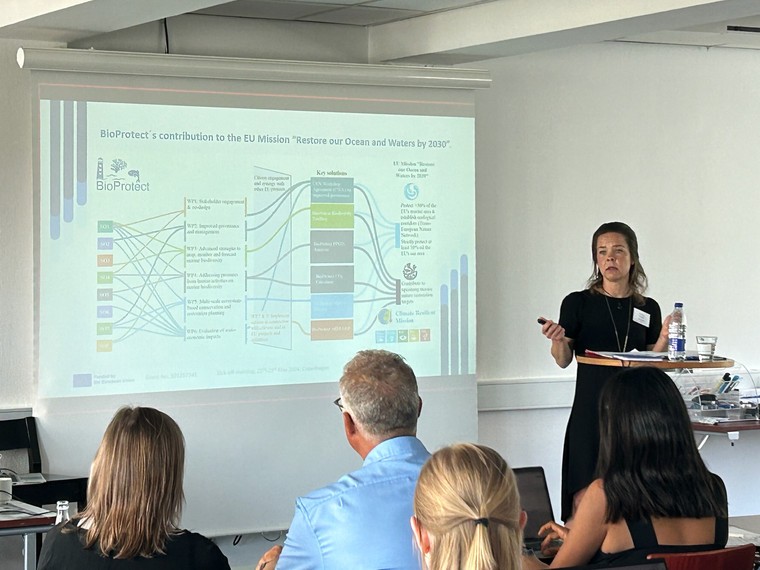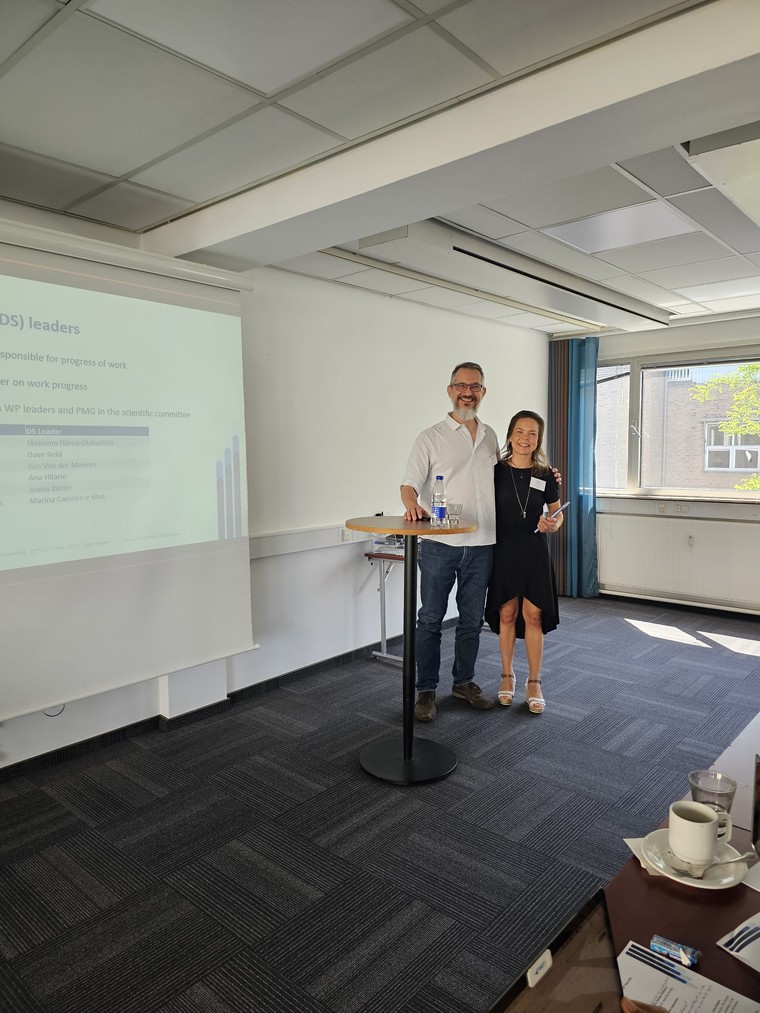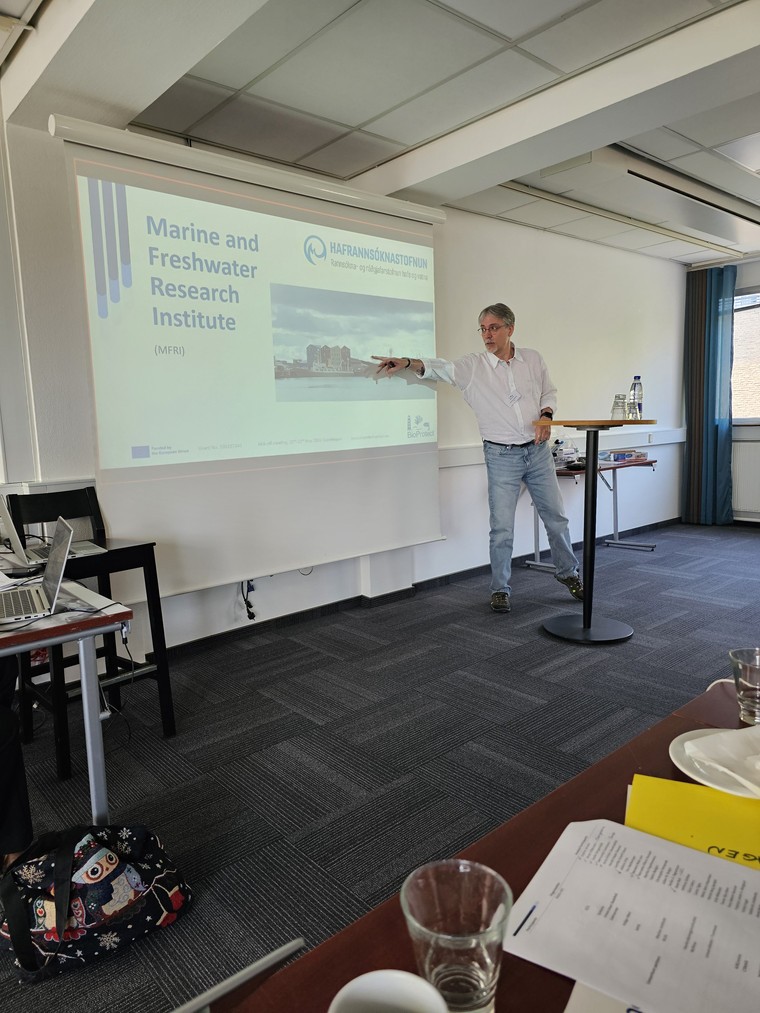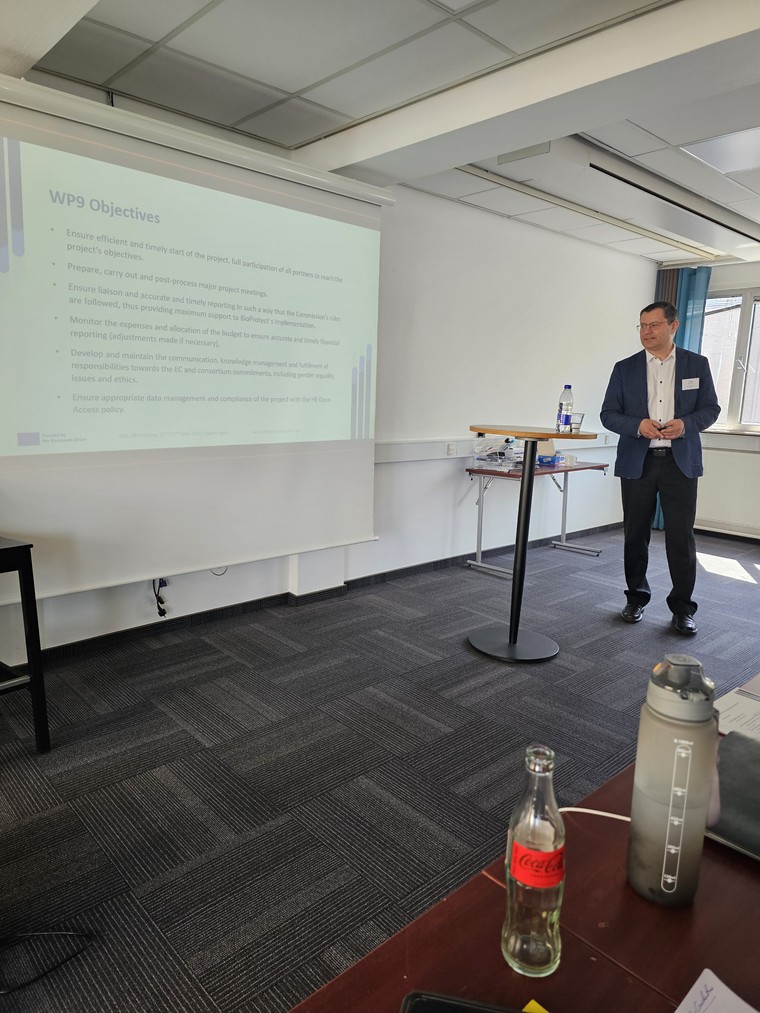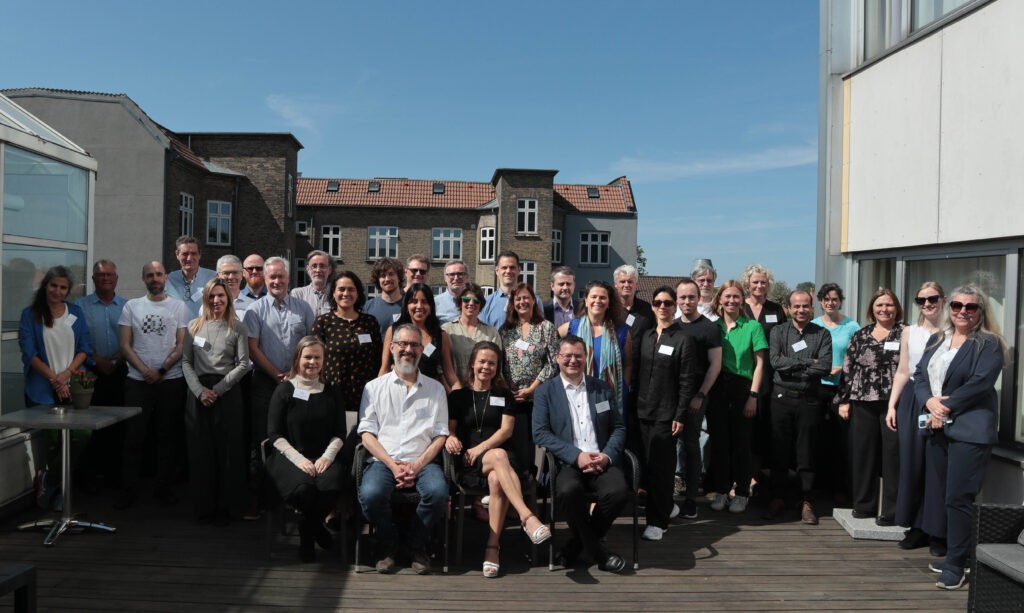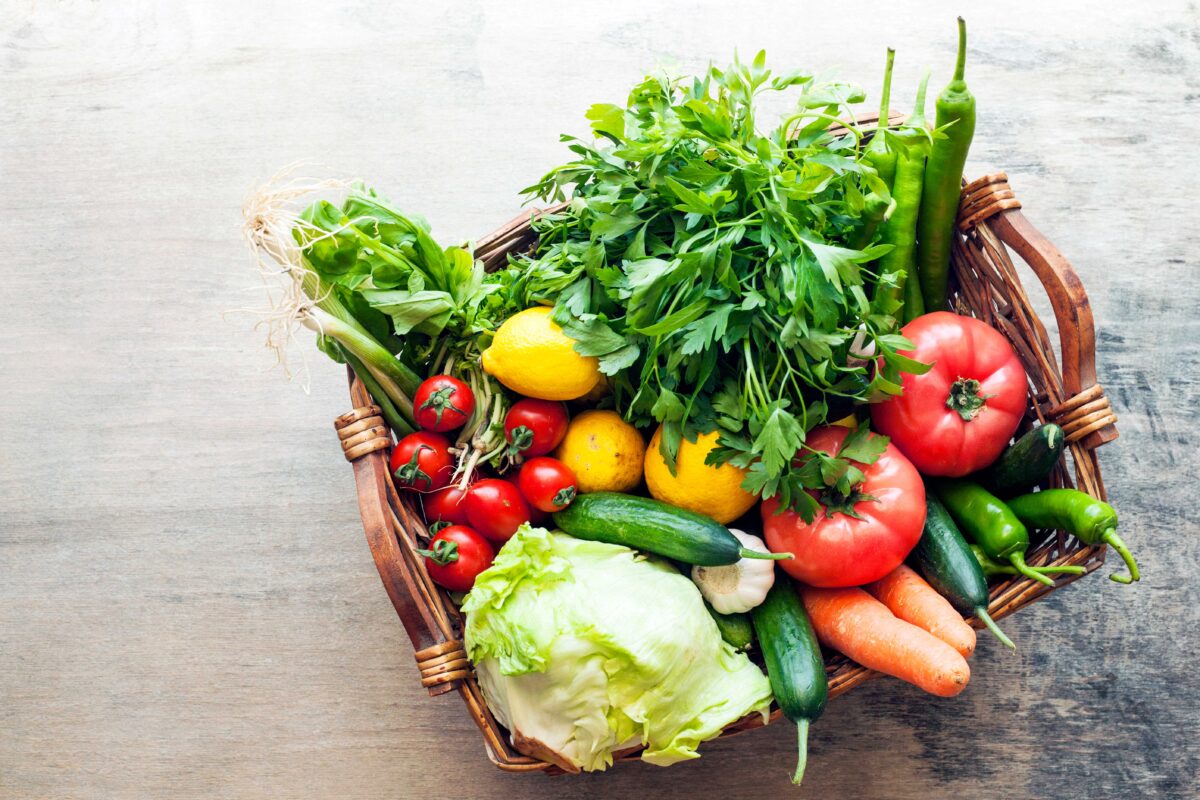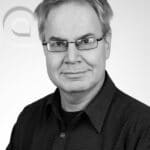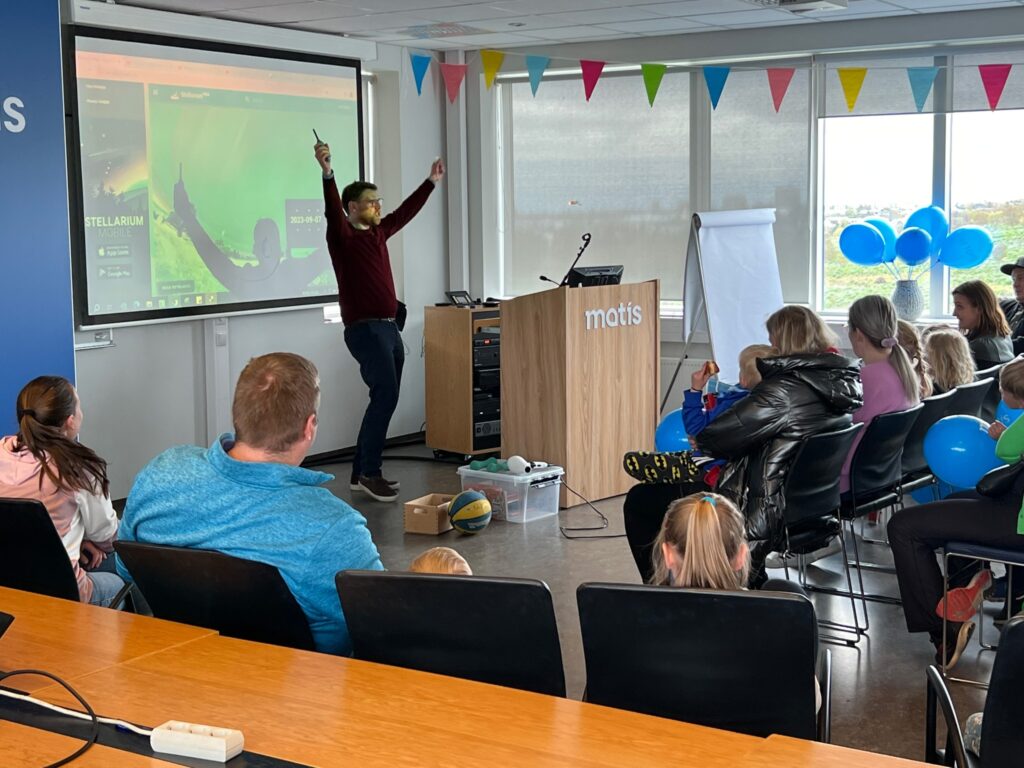Upphafsfundur SEAFOODTURE verkefnisins fór fram þann 13. maí 2024 hjá Institute of Food Science Research (CIAL) í Madríd á Spáni. Verkefnið miðar að því að nýta lífmassa stórþörunga til þróunar á sjálfbærum, hágæða matvælum. Verkefnið er styrkt af Sustainable Blue Economy Partnership (SBEP).
Það voru 10 samstarfsaðilar frá 8 löndum sem sóttu upphafsfund verkefnisins sem fór fram þann 13. maí 2024 á Institute of Food Science Research (CIAL) í Madríd á Spáni.
Um er að ræða þriggja ára verkefnið sem felur í sér 9 vinnupakka þar sem eftirtaldir samstarfsaðilar taka þátt:
- Spanish Council for Scientific Research (CSIC – verkefnisstjórn), Spánn
- Universidade de Santiago de Compostela (USC), Spánn
- Tarsus Üniversitesi (Tarsus), Tyrkland
- Porto-Muiños, Spánn
- Sapienza Università di Roma (Sapienza), Ítalía
- Universidade de Aveiro (UA), Portúgal
- Innovate Food Technology LTD. T/A Innovate Solutions, Írland
- Matís, Ísland
- SINTEF Ocean, Noregur
- Þang / Tartu Ülikool (Tartu), Eistland
Verkefnasíða verkefnisins er aðgengileg hér.
Vefsíðu verkefnisins má svo finna hér.


